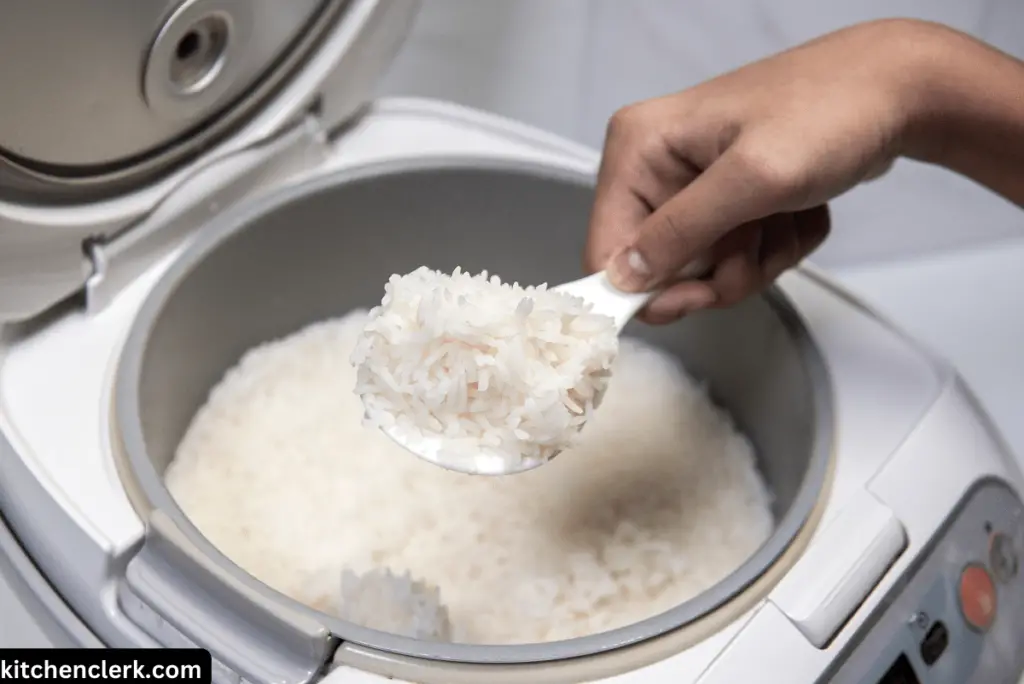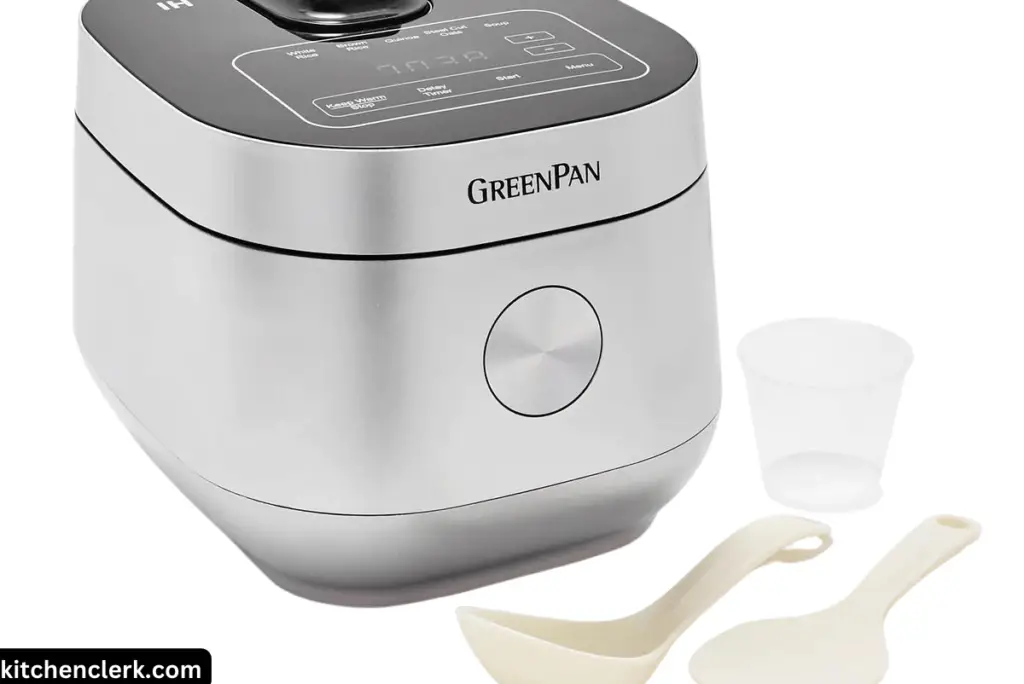If you’re a rice lover like me, having a good rice cooker in your kitchen is essential. But with the variety of rice cookers available on the market, it can be challenging to decide which type is right for you.
One of the most significant decisions you’ll have to make is whether to go for an induction or a non-induction rice cooker. In this article, I’ll walk you through the differences, advantages, and disadvantages of both types so you can make an informed decision.
Induction Rice Cooker: Precision and Efficiency
An induction rice cooker uses electromagnetic induction to heat the cooking pot directly. Instead of relying on traditional heating methods like a heating element, these cookers create a magnetic field that generates heat within the pot itself. This is achieved by using a coil placed beneath the cooking pot, which produces an alternating magnetic field.
Advantages of Induction Rice Cooker

- Fast and efficient cooking: Induction rice cookers are known for their quick cooking times. The direct heat transfer method allows for faster and more efficient cooking compared to traditional cooking methods.
- Even and precise heating: The electromagnetic induction technology ensures that heat is evenly distributed throughout the cooking pot, resulting in perfectly cooked rice every time. This eliminates the risk of undercooked or overcooked rice.
- Energy efficiency: Induction rice cookers are highly energy-efficient. Since the heat is generated directly in the pot, there is little to no heat loss, reducing energy consumption.
- Versatility: Many induction rice cookers come with additional features, such as multiple cooking modes, programmable timers, and even the ability to cook other grains and dishes like quinoa, oatmeal, and soups.
Disadvantages of Induction Rice Cooker
- Higher cost: Induction rice cookers are generally more expensive than non-induction models due to their advanced technology and features. However, the benefits they offer may outweigh the initial investment for serious rice enthusiasts.
- Compatibility: Induction cookers require the use of specific cookware, usually made of ferrous materials like stainless steel or cast iron. If your existing cookware is not compatible, you may need to purchase new pots and pans.
Non-Induction Rice Cooker: Simplicity and Affordability
A non-induction rice cooker operates using conventional heating methods, typically a heating plate located at the bottom of the cooker. This plate heats up when electricity passes through it, generating heat that cooks the rice.
Advantages of Non-Induction Rice Cooker

- Affordability: Non-induction rice cookers are generally more budget-friendly compared to their induction counterparts. If you’re on a tight budget or don’t plan on using your rice cooker frequently, a non-induction model may be a practical choice.
- Ease of use: Non-induction rice cookers are usually straightforward to operate, with basic functions like on/off switches and simple temperature controls. They are great for those who prefer simplicity in their kitchen appliances.
- Wide compatibility: Non-induction rice cookers can be used with a variety of cookware materials, including aluminum and non-stick coated pots. This eliminates the need for specific cookware purchases.
Disadvantages of Non-Induction Rice Cooker
- Uneven heating: Non-induction rice cookers tend to distribute heat less evenly compared to their induction counterparts. This can result in unevenly cooked rice, with some grains being too soft and others remaining undercooked.
- Longer cooking times: Due to the indirect heating method, non-induction rice cookers generally have longer cooking times compared to induction models. This may not be an issue for everyone, but if you’re looking for quick cooking, it’s something to consider.
- Limited features: Non-induction rice cookers usually offer fewer advanced features and cooking modes compared to induction models. If you’re someone who enjoys experimenting with different rice varieties or cooking other dishes, a non-induction model may be limiting.
Which Rice Cooker is Right for You?
Choosing between an induction and a non-induction rice cooker ultimately depends on your cooking needs, preferences, and budget. Here are some key factors to consider:
1. Frequency of use
If you cook rice regularly and value precise and efficient cooking, an induction rice cooker is worth the investment. The faster cooking times and even heat distribution will ensure consistently delicious results.
2. Budget
If you’re on a tight budget or don’t prioritize advanced features, a non-induction rice cooker may be a more practical choice. These cookers still get the job done and are generally more affordable.
3. Cooking preferences
If you enjoy experimenting with different rice varieties and cooking other grains or dishes, an induction rice cooker with versatile cooking modes may be the better option. However, if you mainly stick to cooking plain or white rice, a non-induction model will suffice.
In Conclusion
Both induction and non-induction rice cookers have their advantages and disadvantages. The choice ultimately comes down to your specific needs and preferences. Consider factors such as cooking speed, precision, versatility, and budget to make the best decision for your kitchen. Whichever type you choose, having a dedicated rice cooker will undoubtedly elevate your rice-cooking game to the next level.
Do you have any experience with induction or non-induction rice cookers? Share your thoughts and questions in the comments below!
